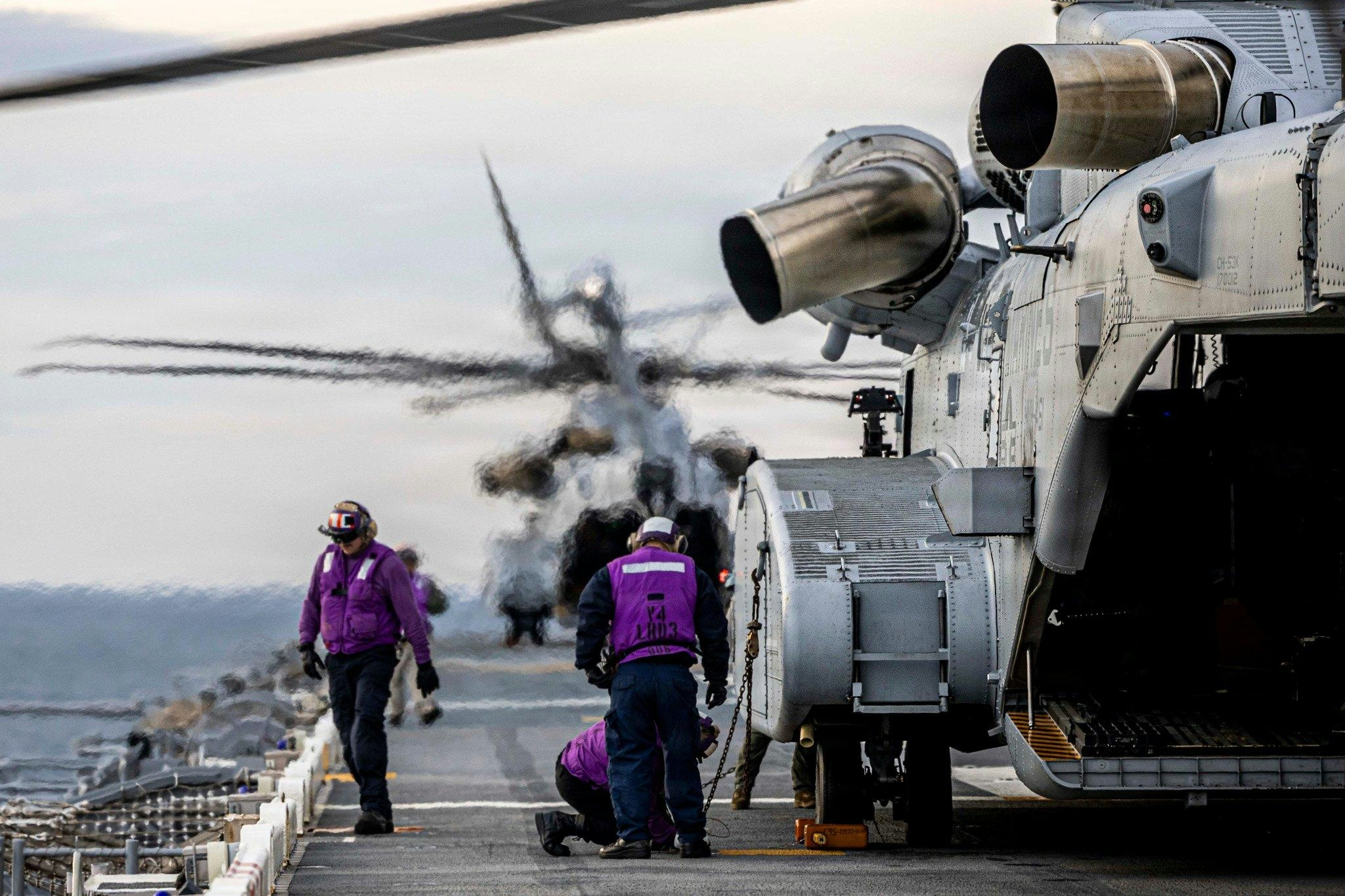
AeroGenie: il tuo copilota intelligente.
Tendenze
Categories
Air India Crash Report Reveals Final Conversation Between Pilots

Air India Crash Report Reveals Final Conversation Between Pilots
A preliminary investigation into last month’s catastrophic Air India crash has uncovered critical confusion in the cockpit during the moments leading up to the disaster, which claimed 260 lives. The Aircraft Accident Investigation Bureau (AAIB) report reveals that both engine fuel cutoff switches on the Boeing 787 Dreamliner were flipped almost simultaneously, cutting off fuel supply to the engines mere seconds after takeoff from Ahmedabad on a flight destined for London.
Sequence of Events and Cockpit Communication
The report details how the aircraft immediately began to lose thrust and altitude, ultimately failing to clear the airport perimeter wall. CCTV footage corroborated the deployment of the ram air turbine (RAT), a backup power source, almost immediately after liftoff, signaling a total loss of engine power. The Cockpit Voice Recorder (CVR) captured a brief but significant exchange between the pilots. One pilot questioned, “Why did you cutoff?” to which the other responded, “I didn’t do so.” Moments later, the RAT deployed, confirming the engines had lost all thrust. While the report notes that the fuel cutoff switches moved from “run” to “cutoff” nearly simultaneously, it does not clarify how or why this occurred.
Safety Concerns and Industry Implications
This tragic incident has reignited concerns regarding the design and placement of the critical engine fuel cutoff switches. Although the AAIB report does not assign apparent responsibility to Boeing or engine manufacturer GE, the event has intensified scrutiny of cockpit ergonomics and safety protocols. The crash arrives at a pivotal juncture for Air India, which is currently undertaking its ambitious Vihaan.AI transformation program aimed at establishing the airline as a “world-class global airline” within five years. The catastrophic shutdown of both engines shortly after takeoff now presents a significant challenge to the airline’s ongoing transformation efforts. Air India’s response, transparency, and crisis management will be instrumental in shaping its reputation, operational momentum, and the broader perception of India’s aviation sector.
Crew Experience and Ongoing Investigation
The report also highlights the experience of the flight crew. The commanding pilot, Sumeet Sabharwal, 56, was an Air India instructor with 15,638 hours of flying experience, including 8,596 hours on the Boeing 787. His co-pilot, Clive Kunder, 32, had accumulated 3,403 hours, with 1,128 hours as a 787 co-pilot. Both pilots held valid licenses and clearances for the aircraft they were operating. Sabharwal had reportedly contacted his family from the airport before departure, assuring them he would call again after landing in London. Colleagues described him as a “gentleman,” while Kunder, who joined Air India in 2017, was remembered by relatives as having been passionate about flying since his school days.
As the investigation continues, these preliminary findings underscore the complexity of the incident and the challenges confronting Air India’s reinvention. The unexplained simultaneous movement of the engine fuel cutoff switches adds a further layer of difficulty for investigators and the airline alike, as both seek answers and accountability following India’s deadliest aviation accident in a decade.
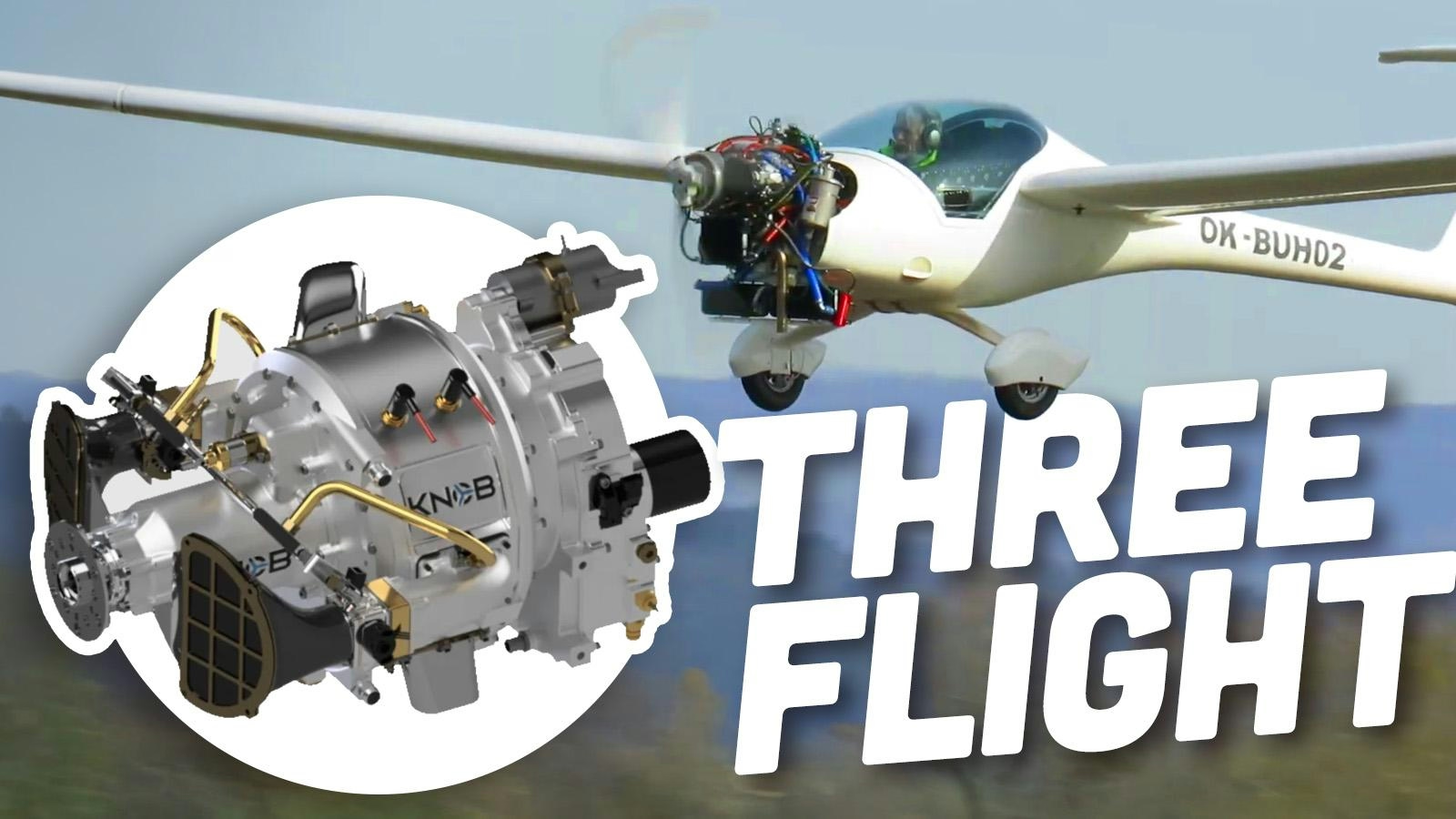
New Three-Cylinder Engine Features Rotating Block and Stationary Head

ExecuJet MRO Installs Starlink on Falcon 8X
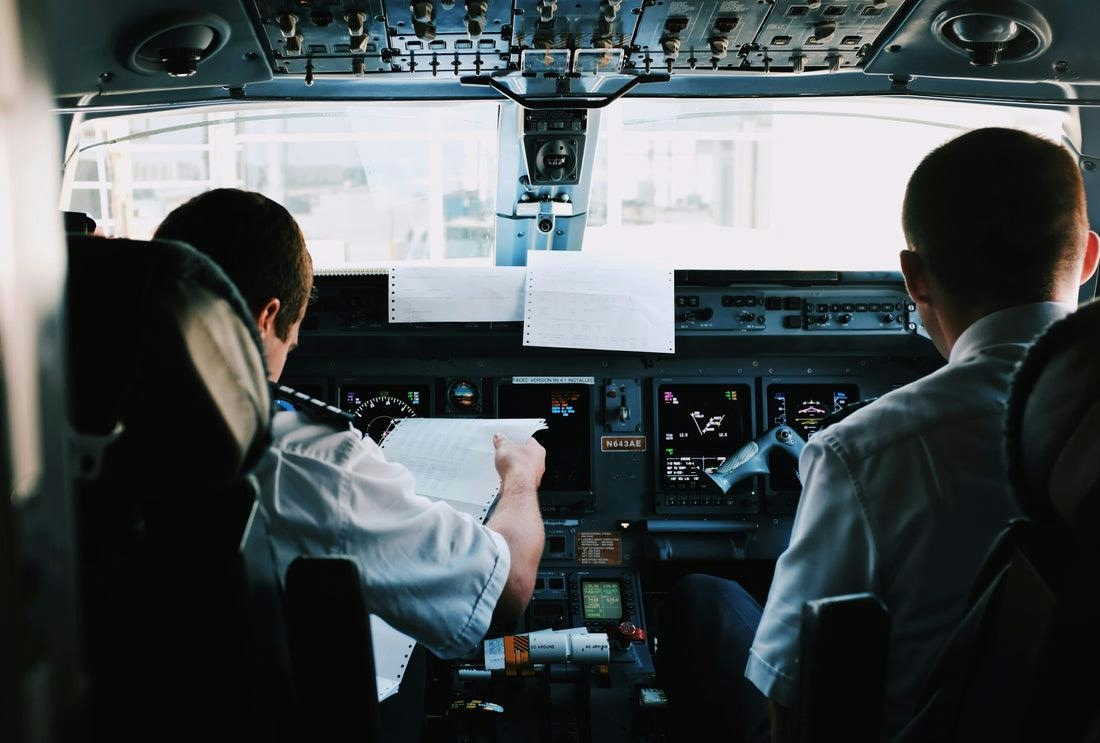
New Airlines Confront Supply Chain and Staffing Challenges

Global Airline Route Planning Software Market Forecasts Through 2035
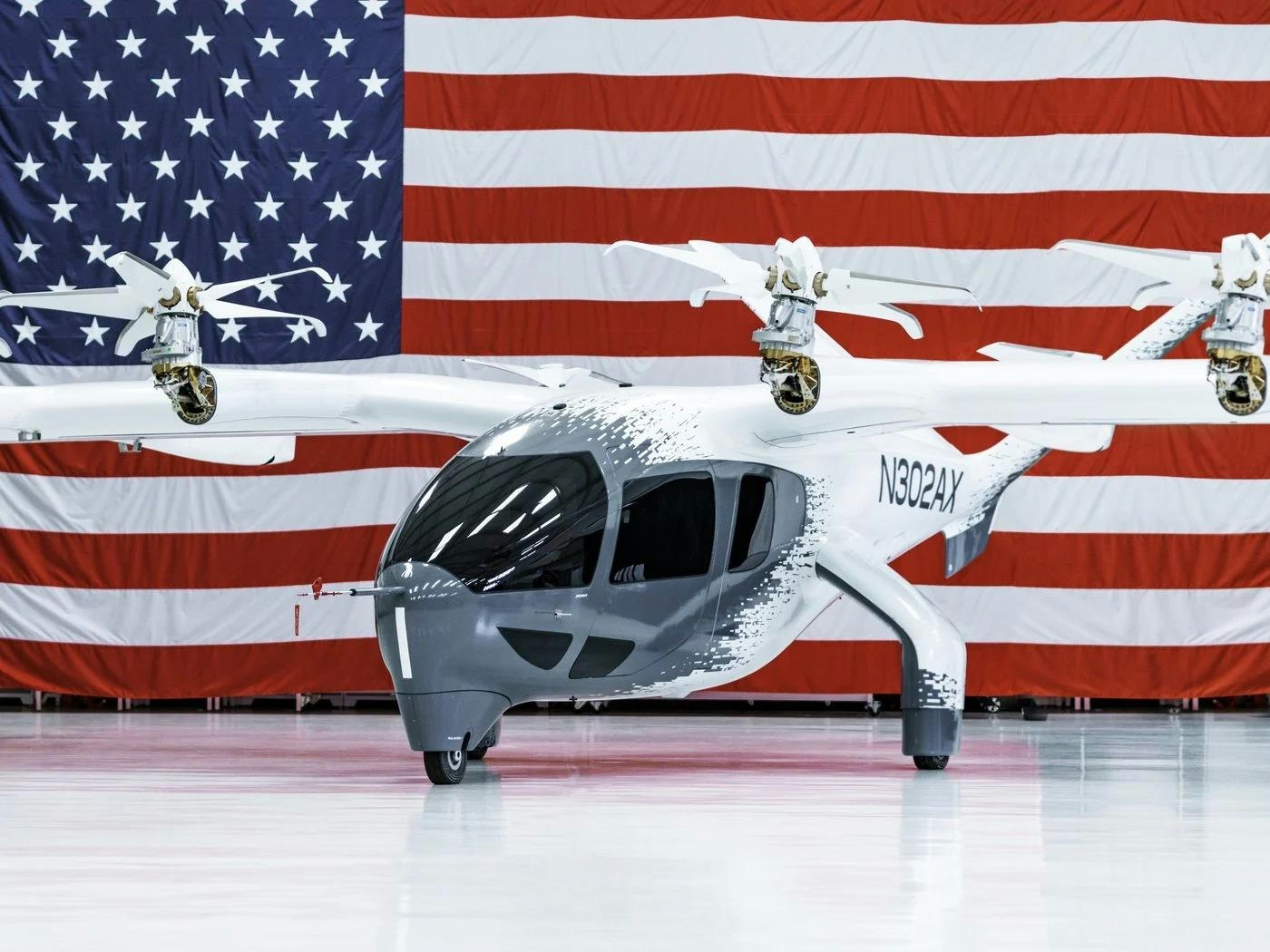
Archer Aviation Shares Rise Premarket Following Nvidia IGX Thor AI Partnership

Flight Data Monitoring Systems Market Poised for Robust Growth Amid Rising Focus on Aviation Safety and Digital Transformation

Aircraft Avionics MRO Market Forecast and Analysis, 2024–2035
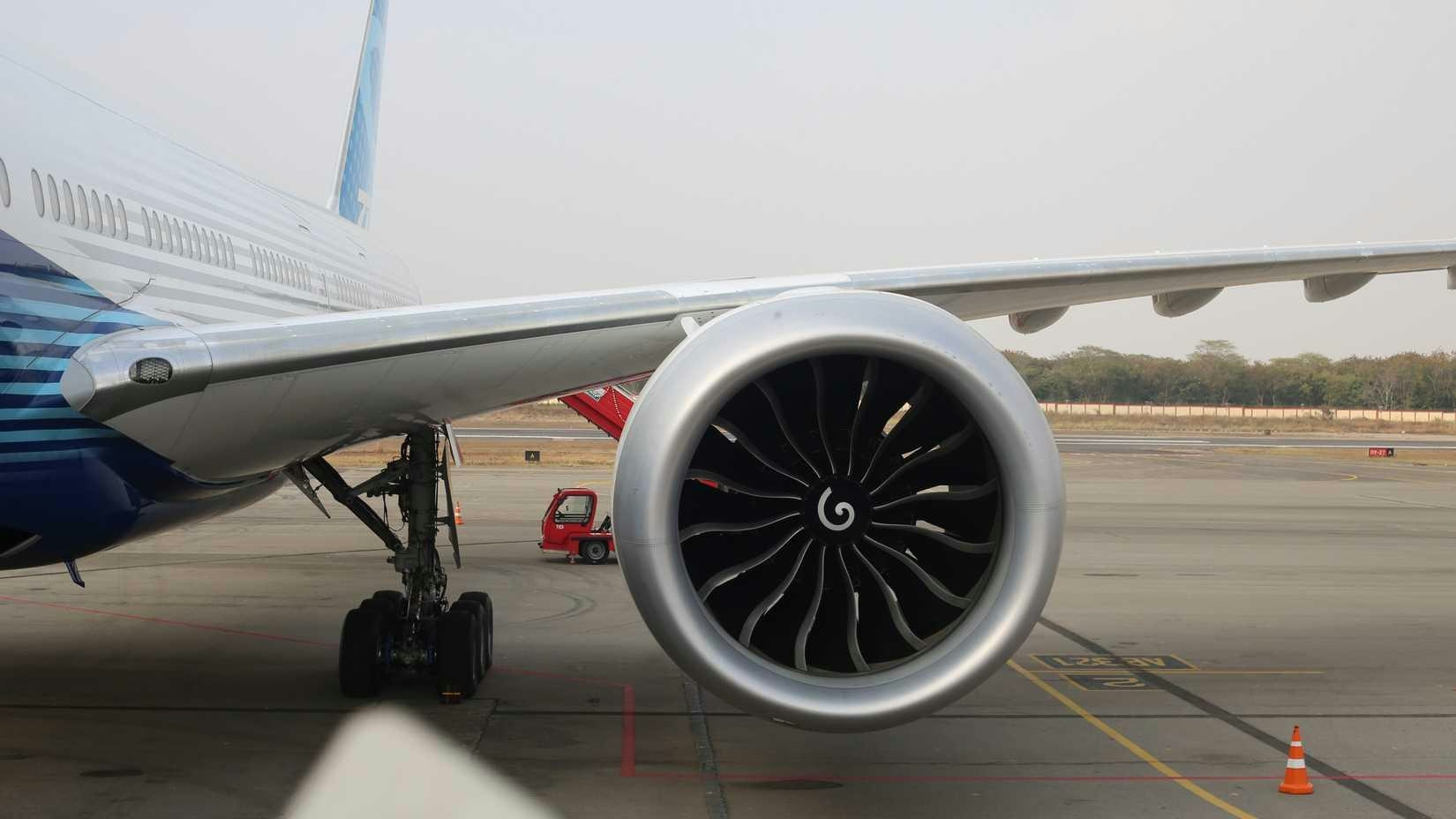
PIA to Lease GE90 Engines for Boeing 777
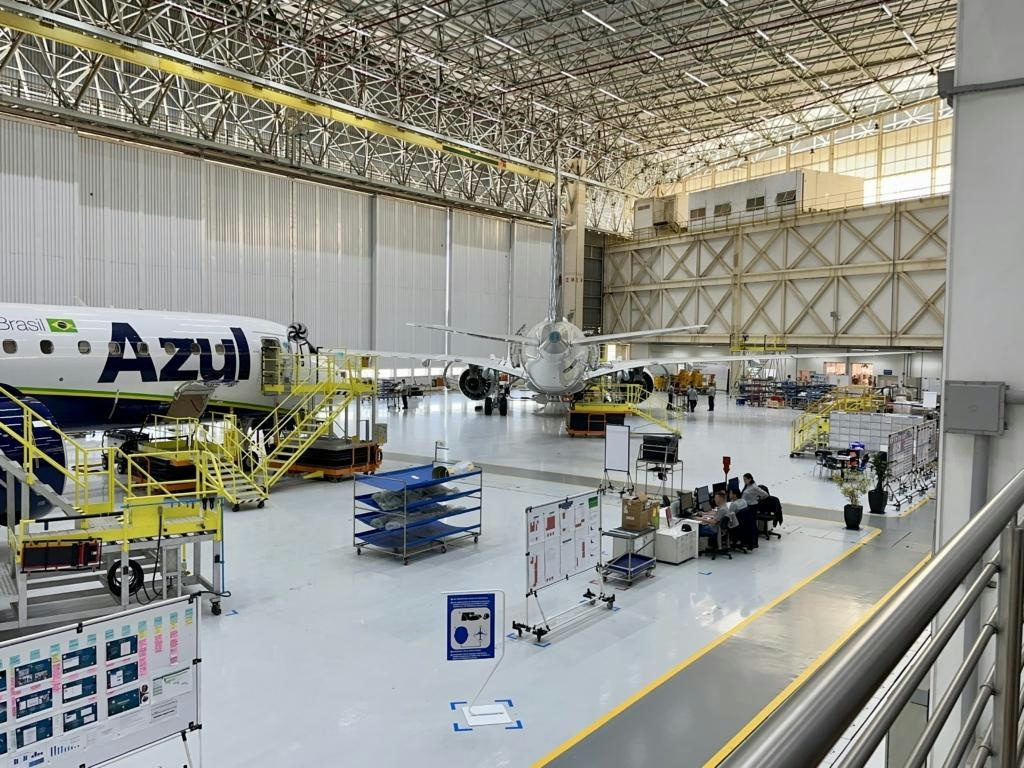
Adani–Embraer deal could bring commercial aircraft assembly to India
